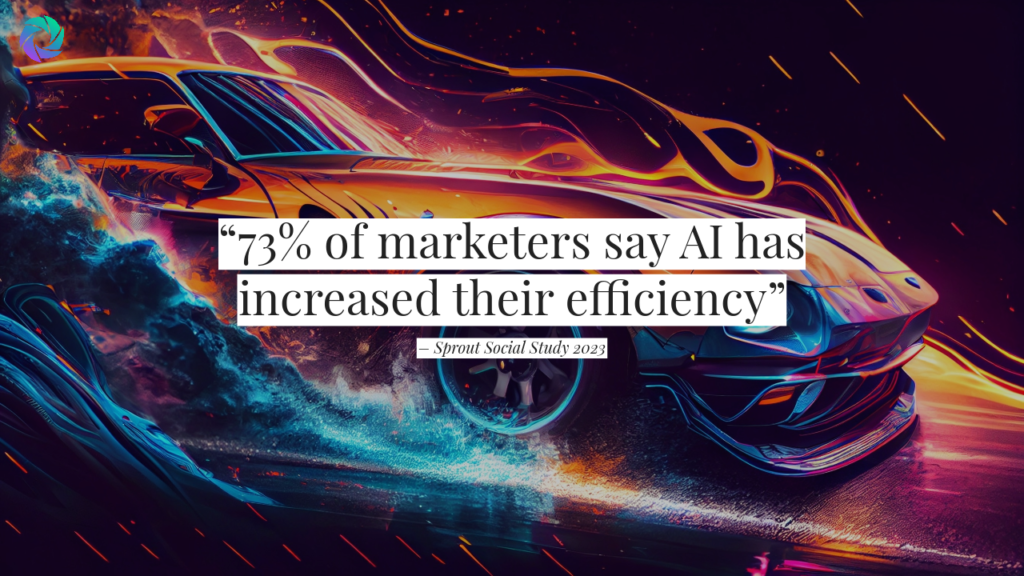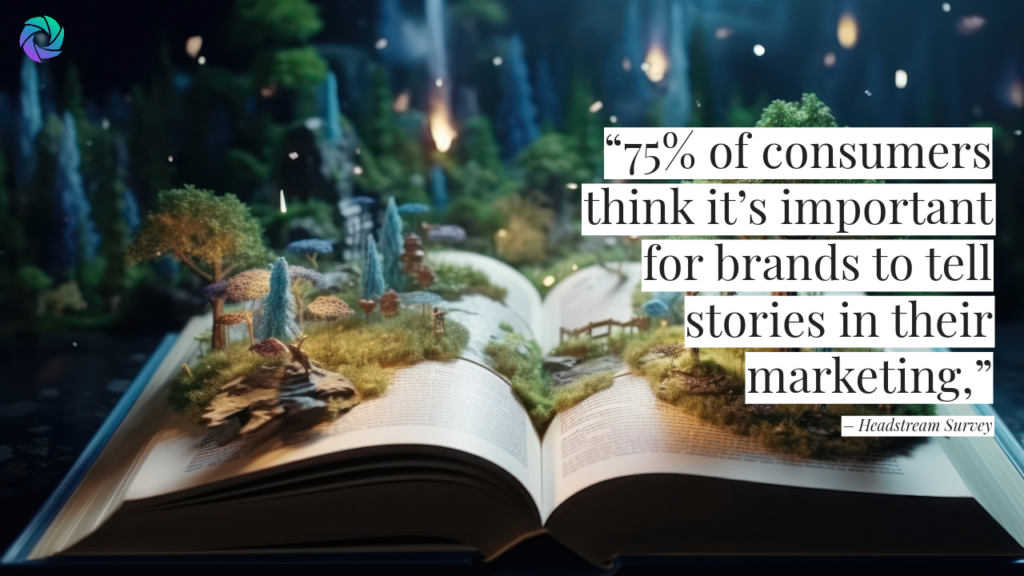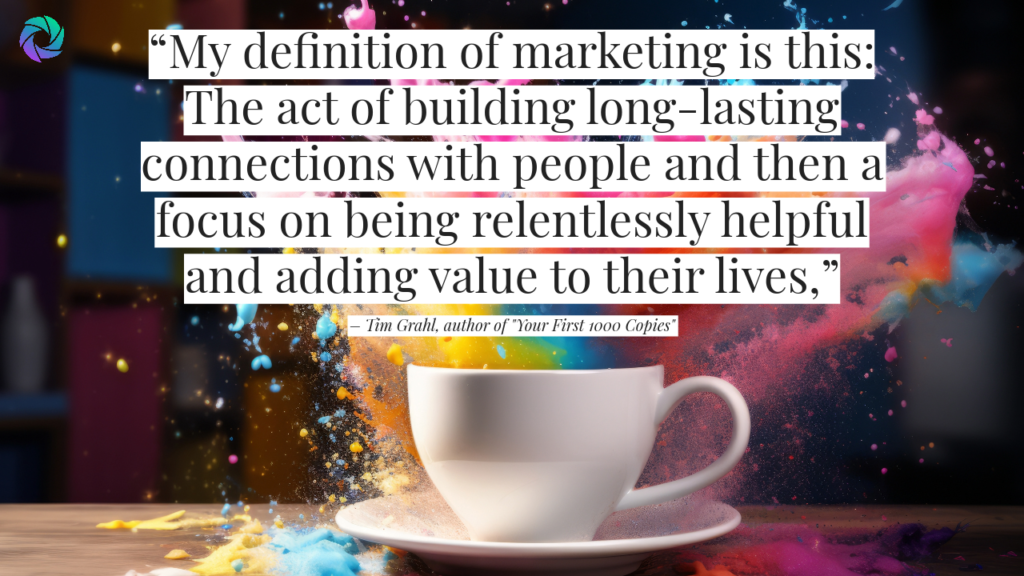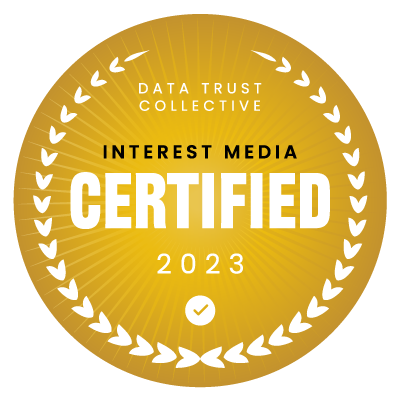
How to Create More Engaging Content and Use AI to Refresh Old Blog Posts
- Discover how to craft content that resonates with each segment of your audience and their place in the customer journey.
- Uncover the key nuances of compelling content, and how language and storytelling create memorable content that connects with the audience.
- Learn how to use the assistance of artificial intelligence (AI) to breathe new life into old blog content by cross-referencing, refreshing, and rewriting.
How to Craft Compelling Content that Connects and Resonates with Your Audience
The first step to creating compelling content is identifying your audience. You are going to do this in a few ways.
1. Identify your audience
In general terms, to who your audience is, ask yourself the following questions:
- What problem(s) are they trying to solve?
- What products and solutions do you offer that will help solve their problem(s)?
- What type of content could you create (generally speaking) that could help them?
- What motivates them?
- In what ways could you reach them? (Social media, email, paid advertising, etc.)
2. Segment the audience
After you have identified your general audience, next, segment them by where they are in the customer journey. Again, ask the five previous questions of each audience segment.
3. Creating compelling content
To begin creating compelling content, for each audience segment, ask yourself these questions:
- What is the audience thinking?
- This will help you understand their mindset and what messages you might need to convey and will resonate most.
- What is the audience feeling?
- This will help you understand their emotions and use that to create content that makes an emotional connection.
- What are they trying to do?
- Understanding their problem and what steps they are taking to solve it. Understanding this will help you to create content that will guide them in taking the right steps.
Creating a Connection with Language and Storytelling
Have you ever wondered: Why do humans like stories so much? We spend lots of time watching television, movies, and books. Not only that, we get drawn in and caught up in stories that don’t even feature actual humans. Just look at the popularity of Disney and Pixar movies. Finding Nemo is about a fish. WALL-E was about a robot. Zootopia was about animals. All these movies resonated with millions of viewers.
The reason we are talking about stories is because it’s the golden ingredient to creating compelling content that resonates with audiences. There is something primal about stories that seem to be hard-wired into human DNA.
Why Stories Resonate
Storytelling and language are two of the most powerful tools content creators can wield. From a marketing perspective, stories tie emotion to information, making the info more memorable. More so, emotion is one of the strongest motivational factors.
Let’s take a look at all the ways the use of story resonates with human beings:
Emotional connection: Story helps us understand information and one another. This makes information memorable.
Neurological connection: Stories activate parts of the brain responsible for compassion, empathy, and cooperation.
Communal social infrastructure: Stories create empathy between the speaker and the audience. Stories have promoted communal social infrastructure going back to the earliest humans.
Imagination: Stories appeal to human curiosity, the will to know more, and imagination. They create new realities without boundaries, even going beyond what’s possible in our current reality.
Virtual reenactment: Stories often mirror help people experience the world, and/or allow us to live vicariously, while also remotely and fearlessly experiencing events.
Feeling of control: Stories can help people see patterns where there is chaos. Stories can help people feel like they have control over the world.
Learning experience: Stories have the power to entertain while also warning and/or teaching. Stories help our brain learn more easily by pairing information with emotion.
Storytelling 101 for marketers
Here are a few tips covering the basics of storytelling as it applies to marketing purposes.
1. Make People Relate and Care
Every movie or TV show you ever watch does something early on: They make you care about the main character. Similarly, in a marketing-based story, you must do the same thing, although you might be making the audience care about a problem to be solved.
2. Universality: How to Make People “Care”
To make people care you must create empathy so that there is a bond connecting the reader. You want people to “see themselves” in this story. To do that, you include things that are “universal” to all of us.
Tap into Universal Needs
One form of universality is the well-known “Maslow’s hierarchy of needs” which maps five categories of human needs onto a pyramid. In this hierarchy, each level of needs must be met before building upon and advancing to the next.
- Physiological needs: The most basic needs that keep us alive, like food, water, shelter, and air.
- Safety needs: Needs for control and order in our lives, like job security and financial security.
- Love and belonging needs: Needs for friendship and belonging.
- Esteem needs: Needs for esteem.
- Self-actualization needs: The highest level of the hierarchy, which is a “growth need” that isn’t characterized by the “lack” of something.
Tap into Universal Desires
Another angle you can use for tapping into basic human universality is what author Drew Eric Whitman, in his book Ca$hvertising, called the “Life-Force 8,” a set of desires that most humans share.
- Survival, enjoyment of life, life extension
- Enjoyment of food and beverages
- Freedom from fear, pain, and danger
- Sexual companionship
- Comfortable living conditions
- To be superior, winning, keeping up with the Joneses
- Care and protection of loved ones
- Social approval
Putting it all together, when your story emphasizes a particular universal human need or desire, you start with a connection that almost everyone shares. Further, these needs and desires also are tied to emotions, which further strengthen the bond.
3. Beginning, Middle, and End
All stories have a beginning, a middle, and an end. In terms of marketing, because your prospects are at different stages of the customer journey, they are “beginning” points are going to be different. Therefore, you need to think about their mindset, and where they are, as you bring them into the “beginning” of your story content. For all of your customer journeys, they are “end” could be somewhere in the future.
4. Match Language to Your Reader’s Knowledge and Expectations
Again, the different stages of the customer journey come into play. Depending on your products and services, customers at the beginning of the journey may know significantly less than those farther into the journey. You don’t want to use terms and language they don’t understand.
Conversely, rehashing beginner information and not using advanced terms may perturb your more knowledgeable customers who are looking for expert advice. This reiterates the need to craft your content for each audience segment.
5. Speak in the “Language” of Your Audience
In addition to speaking to the knowledge levels of your various audience segments, generally speaking, you should try to speak in the same “language” they do. What that means is using the same word choices, terms, and slang they do.
Why would you do this?
(A) When you speak using the same words as your audience, they can “hear themselves” more easily.
(B) Speaking their “language” makes you more relatable and part of their “tribe.”
You can learn your audience’s “language” by going to where they hang out on the web and social media and reading their posts. Not only will this help you learn they are “language,” but you’ll also discover their problems, needs, and desires.
6. Make Your Readers Feel Good About Themselves
If your reader is coming to you to solve a problem, they could feel somewhat inferior because of the problem itself, or because they don’t know how to solve it. Another way to strengthen the bond with your readers is to make them feel okay about the problem (as in not taking it personally), and good about themselves. Your story should end with the reader feeling empowered through the information you have given them and on their way to the next step in their journey, which is conquering the problem.
7. Emotions Make Connections
If you can open yourself up in your storytelling, be authentic, and allow your passion to show your emotions, audiences can’t help but relate. One reason they will relate is that they will see themselves in the story. When they make this mental connection, it’s going to make the story resonate and stick in their memory. These are all keys to relationship building.
8. Engage, Inform, Be Helpful
Last but not least, your content needs to do three things simultaneously: be engaging (or your audience will never read it), be informative (or they won’t care), and be helpful (or they won’t recommend it). Google’s recent helpful content update underlines the fact that helpful content is crucial to gaining organic traffic.
Being able to create content that achieves these three goals requires a certain touch. However, sincerity and true passion go a long way. Authenticity can overcome what one may lack in artfulness in storytelling.
In the end, what’s most important of all is that no matter how compelling your content is, it needs to be helpful. Useful content ranks well and gets shared, and that’s imperative to growing your audience.
How to Breathe New Life into Old Blog Content and Make it Compelling with AI
“81% of marketers say AI has already had a positive impact on their work,” – Sprout Social Study 2023
A majority of marketers say AI has made positive impacts such as taking on the time-consuming work of data analysis, giving them more time to focus on creating the authentic and personalized messages consumers crave.
The power of artificial intelligence (AI) can become your virtual assistant in assessing, validating, and refreshing old blog content. Here’s how you can put AI to work to revamp older and make it compelling and relevant.
1. Have AI analyze and identify outdated information
Have AI analyze your content to pinpoint any outdated references that need to be modified and/or replaced.
2. Have AI identify keyword trends
You can use AI to analyze keyword trends and suggest newer, relevant terms that should be present in your content. Next, have AI analyze your content and rewrite sections to include these terms.
3. Teach AI how to improve your content
Provide examples of content that is performing well and similar to the type of content you need to create for your business or service. Next, based on the examples, have AI review your content and provide suggestions for improvement, or simply have AI revise/rewrite your content as needed.
An important point to remember for SEO is that if you want your content to rank against others at the top, your content should not be different. You want your content to be similar enough that it contains all those elements that are helping competing content rank. Yes, you want some originality in your content, but core elements and facts should be essentially the same (although not exactly word for word).

Quote from, “New Research Indicates a Shift in What Consumers Find Memorable on Social Media” – Sprout Social
4. Have AI review and analyze reader feedback
Have AI review and analyze feedback (comments) from readers (customers). Have AI summarize the key commonalities to help you identify your readers’ opinions about your products, services, and blog content, and what they view as pros and cons.
Additionally, analytics work by AI will also identify what your customers need more help with and/or what things they are unclear on. It will also show you what they already know. All of this information will guide you in creating content that meets their needs and desires. This will also help you build authority, as your readers will recognize that you understand them.
5. Have AI help you with personalizing content
More than ever before, customers are demanding personalized content. All your customers aren’t the same, therefore, your content shouldn’t be either.
AI can help you with personalization and tailoring your content for different segments of your audience, such as those in the various stages of the customer journey.
For example, you can give AI customer profiles for your various audience segments. Then, feed a piece of existing content to AI to rewrite for a specific customer segment. You can repeat this process for each customer segment. Create your content once, and use AI to craft the various audience segment iterations.
6. Use AI to expand content
As content creators seek to be more helpful, blog content has grown longer. If your blog posts are old, chances are some of them are short and sweet, but not as helpful as they could be.
AI can be very helpful in expanding blog content. You can feed your current content to AI and ask it to expand on it, keeping the same tone and style. Or, you can come up with topics and subheadings on your own and ask AI to write them one by one
Whatever method you choose, AI will analyze current top-performing content on similar topics and suggest or add additions that will enhance and expand your post to match current standards.
Want to Target Users Who Are Already Looking to Make a Purchase?
Check out our Free White Paper on The Unbeatable Nature of Intent-Based Advertising or reach out to one of our brand promotion specialists! We pride ourselves on being able to bring advertising partners the exact consumers they’ve been looking for.















